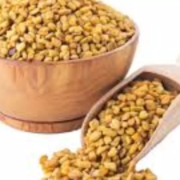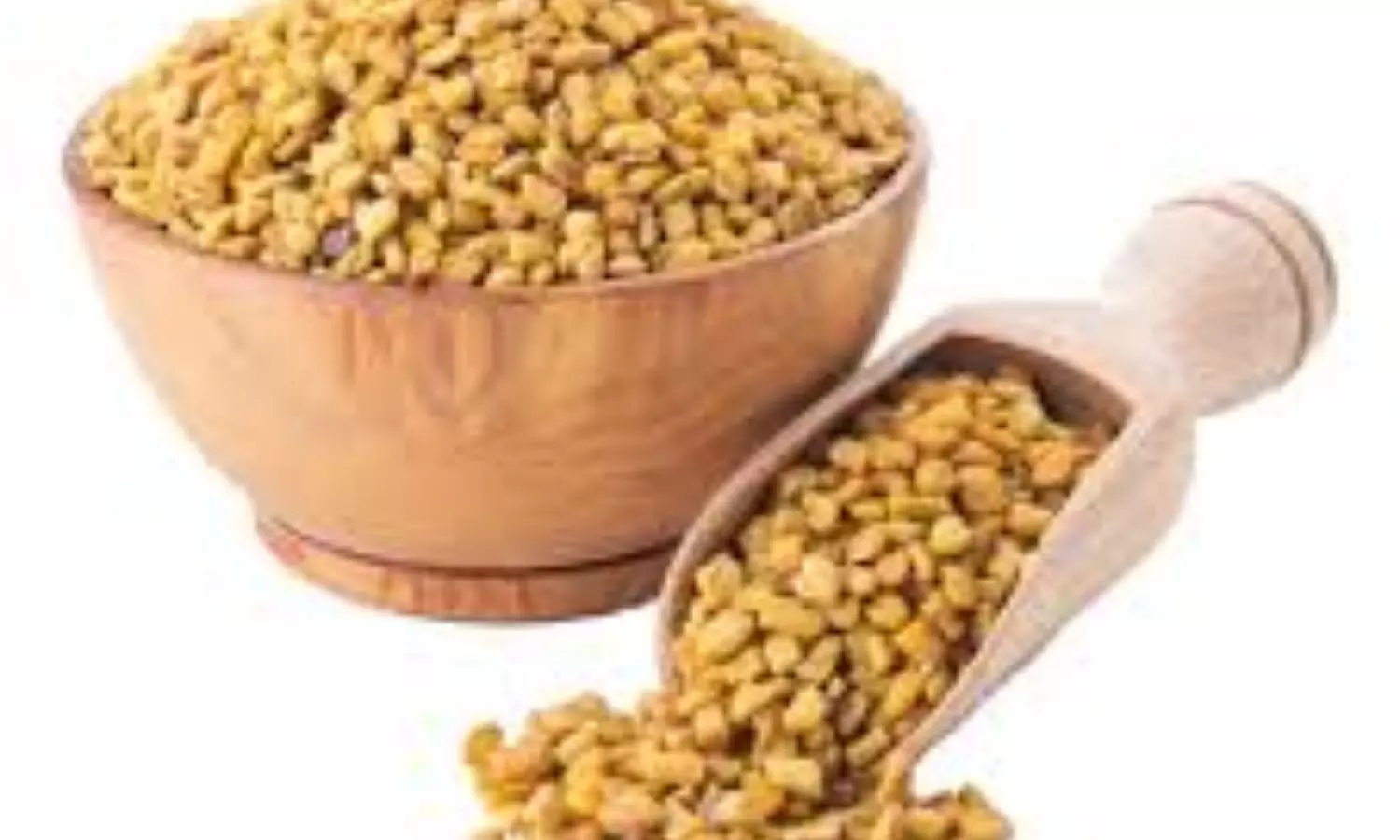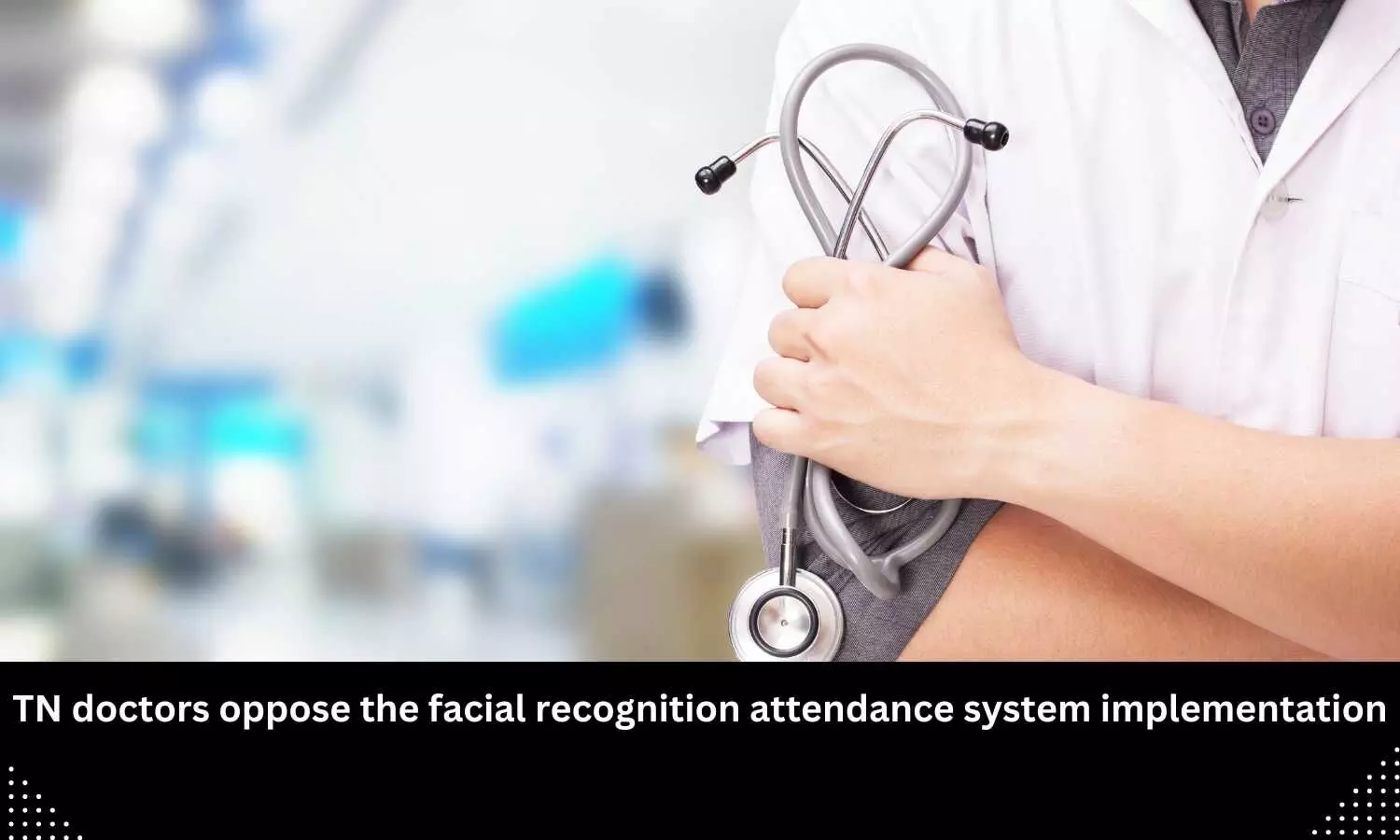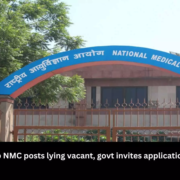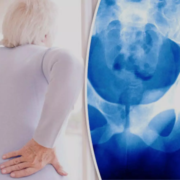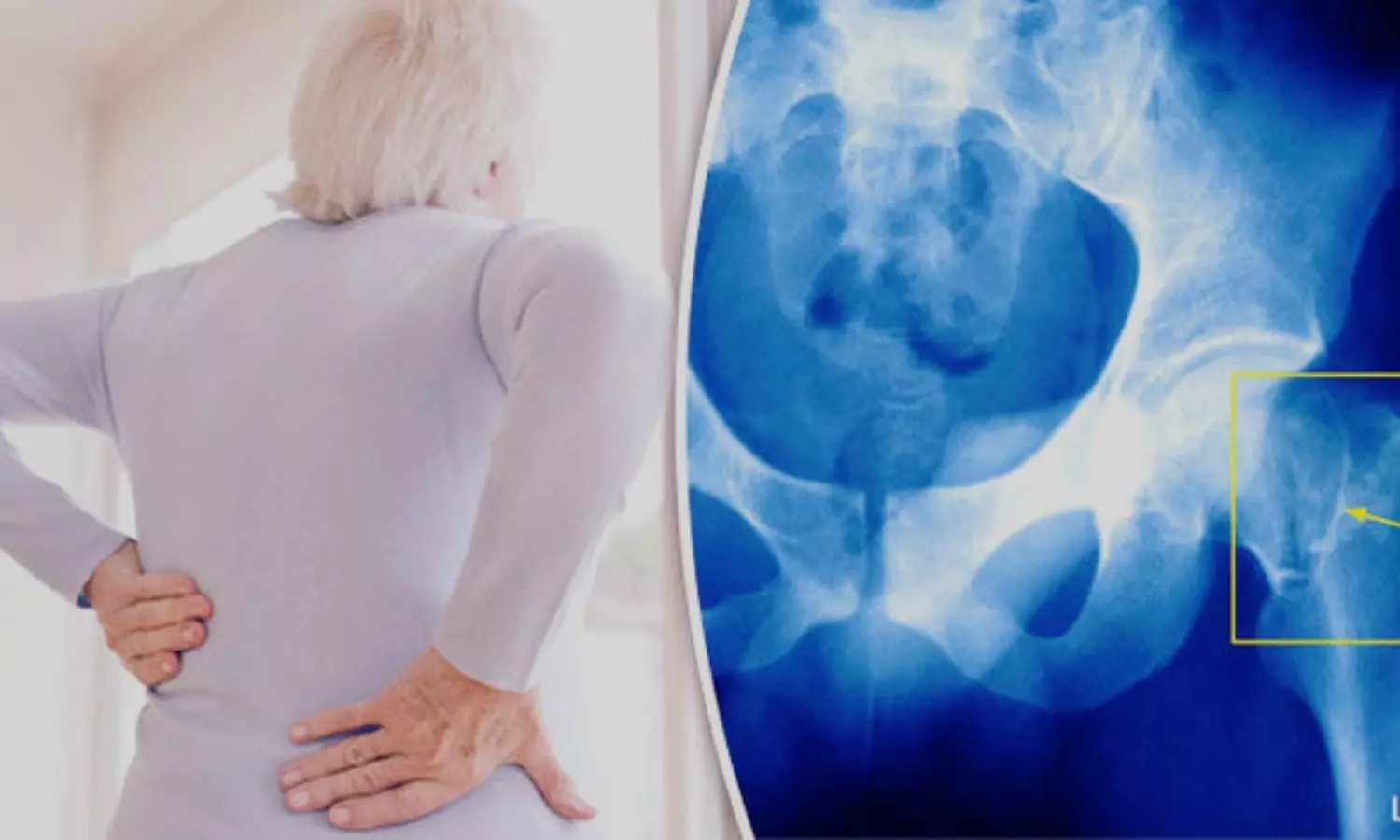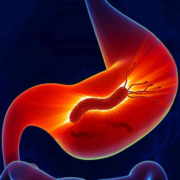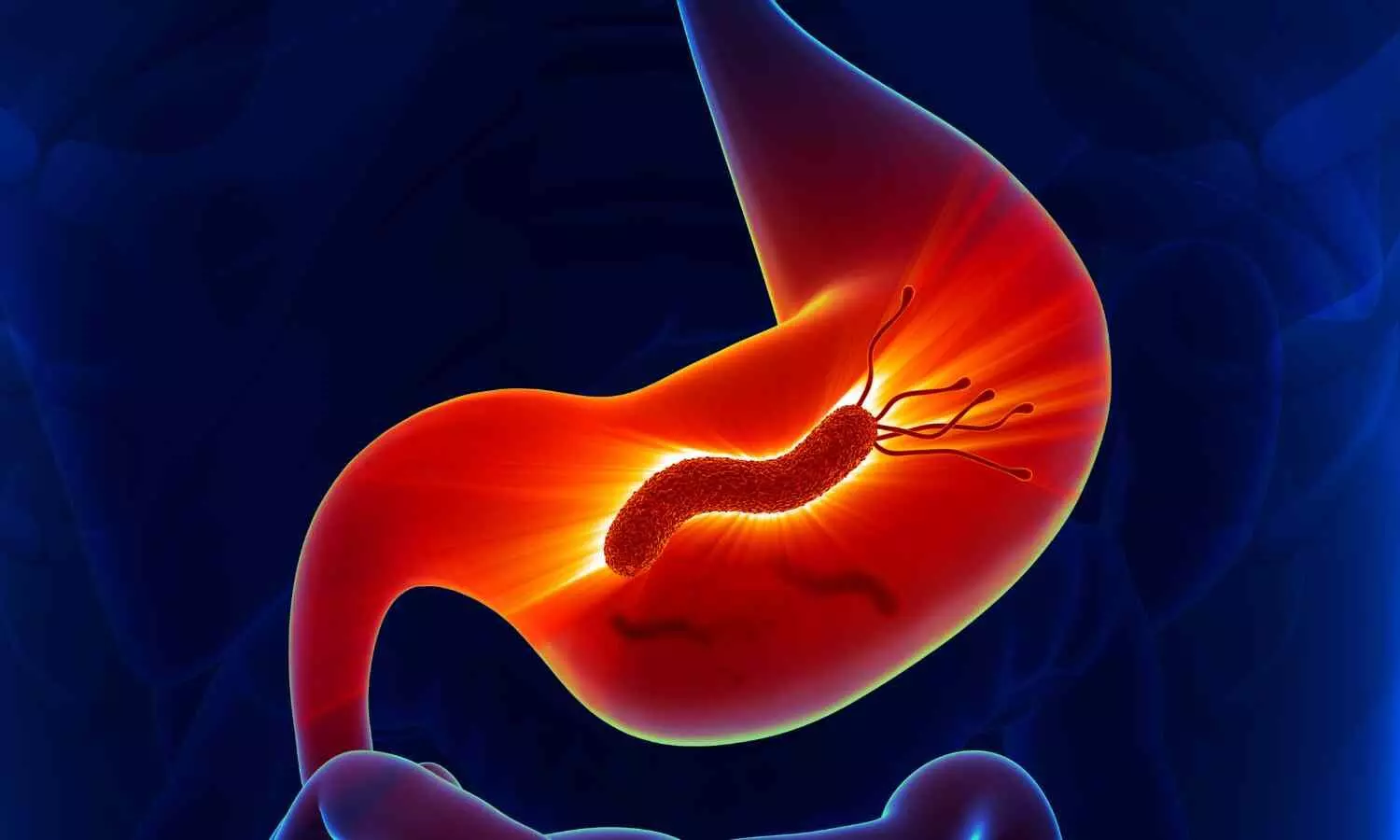Having sweet tooth linked to increased risk of depression, diabetes, and stroke, study finds

People with a preference for sweets are at a higher risk of developing depression, diabetes, and suffering a stroke, according to new research from the University of Surrey.
The study, published in the Journal of Translational Medicine, took anonymised information on the food preferences of 180,000 volunteers within the UK Biobank and used artificial intelligence to group them into three general profiles:
• Health-conscious: prefer fruits and vegetables over animal-based and sweet foods.
• Omnivore: Likes most foods, including meats, fish, and some vegetables, as well as sweets and desserts.
• Sweet tooth: Prefer sweet foods and sugary drinks and is less interested in healthier options like fruit and vegetables.
The Surrey team looked at UK Biobank data on blood samples where 2,923 proteins and 168 metabolites had been measured to see how these levels changed in each group.
Proteins are the workhorses of the body and do everything from fighting infections to muscle contractions and thinking. Metabolites are small molecules produced during digestion and other chemical processes in the body, and they can tell us a lot about how well our body is functioning. By comparing these blood-based proteins and metabolites, the researchers could get a clearer picture of the biological differences between the groups.
Professor Nophar Geifman, senior author of the study and Professor of Health and Biomedical Informatics at the University of Surrey, said:
“The foods that you like or dislike seem to directly link to your health. If your favourite foods are cakes, sweets, and sugary drinks, then our study’s results suggest that this may have negative effects on your health. We found that the sweet tooth group are 31% more likely to have depression. We also found that the sweet tooth group had higher rates of diabetes, as well as vascular heart conditions, compared to the other two groups.
“Importantly, by using data-driven Artificial Intelligence methods, we were able to identify groups of people defined by their food preferences, and these groups are meaningful in that they are linked to health outcomes as well as biological markers.
“Processed sugar is a key factor in the diet of many, and these results are yet more evidence that, as a society, we should do all that we can to think before we eat, stressing that no one wants to tell people what to do, our job is just informing people.”
The researchers also looked at differences between the three groups in standard blood biochemistry tests.
Professor Geifman continues:
“In the sweet tooth group, they had higher levels of C reactive protein, which is a marker for inflammation. Their blood results also show higher levels of glucose and poor lipid profiles, which is a strong warning sign for diabetes and heart disease.”
Conversely, the health-conscious group, which also had higher dietary fibre intake, had lower risks for heart failure, chronic kidney diseases and stroke, while the omnivore group had moderate health risks.
According to the British Nutrition Foundation, on average, in the UK, between 9% to 12.5% of an individual’s calories come from free sugar – this is defined as sugar that is added to food or drink. Biscuits, buns, cakes, pastries and fruit pies are the biggest single contributors for adults, but together, sugary soft drinks and alcoholic drinks contribute the most to free sugar intake.
Reference:
Navratilova, H.F., Whetton, A.D. & Geifman, N. Artificial intelligence driven definition of food preference endotypes in UK Biobank volunteers is associated with distinctive health outcomes and blood based metabolomic and proteomic profiles. J Transl Med 22, 881 (2024). https://doi.org/10.1186/s12967-024-05663-0.
Powered by WPeMatico




